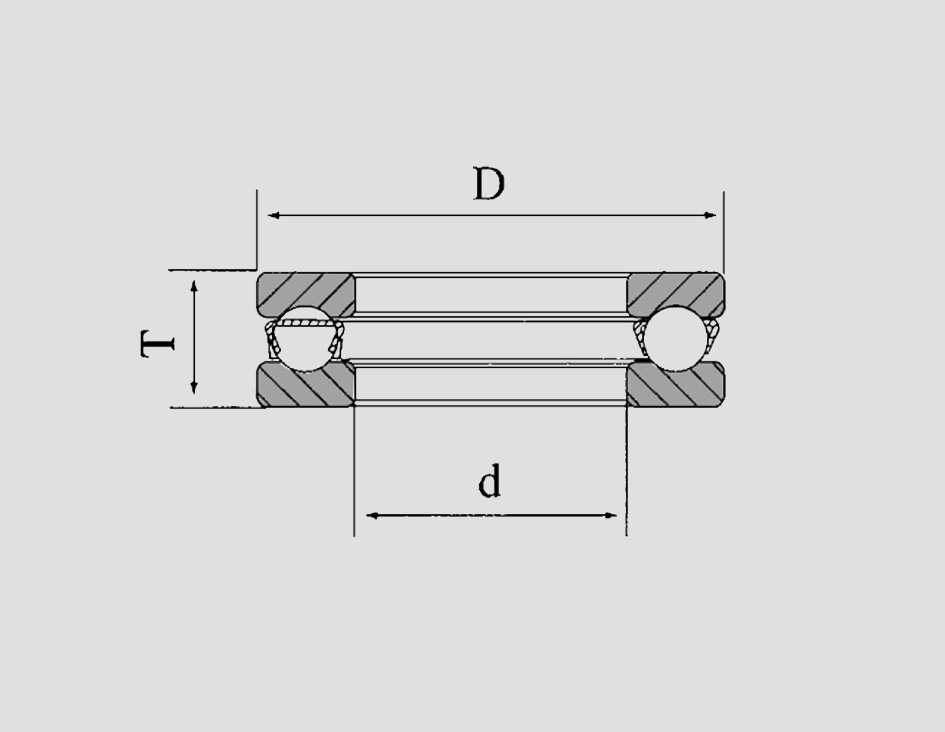
Nov . 22, 2024 10:22 Back to list
cylindrical roller bearings applications
Applications of Cylindrical Roller Bearings
Cylindrical roller bearings are essential components in various machinery and applications due to their unique design and versatile performance characteristics. They are specifically designed to support heavy radial loads while allowing for some axial movement, making them ideal for numerous industries. This article will explore the primary applications of cylindrical roller bearings, highlighting their significance in modern engineering.
One of the most prominent applications of cylindrical roller bearings is in the automotive industry. These bearings are commonly used in transmission systems and differential gears, where they support high radial loads while maintaining the alignment required for smooth operation. Their ability to handle high speeds and loads makes them suitable for various vehicle components, including electric motors, gearboxes, and wheel hubs. Additionally, their robust design enhances the durability and reliability of vehicle systems, contributing to improved safety and performance.
Another vital application is in heavy machinery, particularly in manufacturing and construction equipment. Cylindrical roller bearings are utilized in equipment such as excavators, cranes, and bulldozers. In these settings, they endure extreme conditions and heavy loads while ensuring efficient operation. Their design minimizes friction, allowing for smoother movement of large machine components. This efficiency not only enhances the performance of the machinery but also extends its lifespan, reducing maintenance costs for operators.
The aerospace industry also benefits significantly from the application of cylindrical roller bearings. These bearings are used in various aircraft systems, including landing gears and engines. Their capability to withstand high temperatures and pressures is crucial for the reliability and safety of aircraft. Moreover, the lightweight nature of cylindrical roller bearings contributes to fuel efficiency, making them an indispensable component in modern aerospace engineering.
cylindrical roller bearings applications

In the energy sector, particularly in wind turbines, cylindrical roller bearings play a crucial role. They are employed in the rotor shaft and gearbox assemblies, where they help support the immense radial loads generated by wind forces. The reliability of these bearings directly impacts the efficiency and operational longevity of wind energy systems, making them a critical component in sustainable energy production.
Furthermore, cylindrical roller bearings find applications in rail transport. They are commonly used in axle boxes and traction motors, where they support the heavy loads imposed by rolling stock. The ability to absorb shocks and vibrations is essential in maintaining the stability and safety of trains, making cylindrical roller bearings an integral part of railway infrastructure.
In the realm of precision machinery, such as CNC machines and robotics, cylindrical roller bearings are utilized to ensure accurate and efficient motion. Their design allows for minimal axial play, which is essential for precision tasks. This functionality is vital in industries that require exact tolerances and high-performance machinery.
In summary, cylindrical roller bearings are crucial in a wide range of applications across various industries. Their ability to handle heavy radial loads, low friction characteristics, and robustness make them indispensable in automotive, aerospace, energy, construction, and precision machinery sectors. As technology continues to evolve, the innovation in bearing design and materials will further enhance their performance, ensuring that cylindrical roller bearings remain a key component in the advancement of engineering and industry.
Latest news
-
Premium Deep Groove Ball Bearings | High Speed & Reliability
NewsAug.29,2025
-
Durable Scaffolding Clamps - Secure & Reliable Tube Connectors
NewsAug.28,2025
-
Common Failures in Thrust Ball Bearings and Solutions
NewsAug.22,2025
-
How Tapered Roller Bearings Can Take Shock Loads
NewsAug.22,2025
-
Angular Bearings in High-Precision Spindles
NewsAug.22,2025
-
The Impact of Misalignment on Cylindrical Roller Bearing Performance
NewsAug.22,2025
